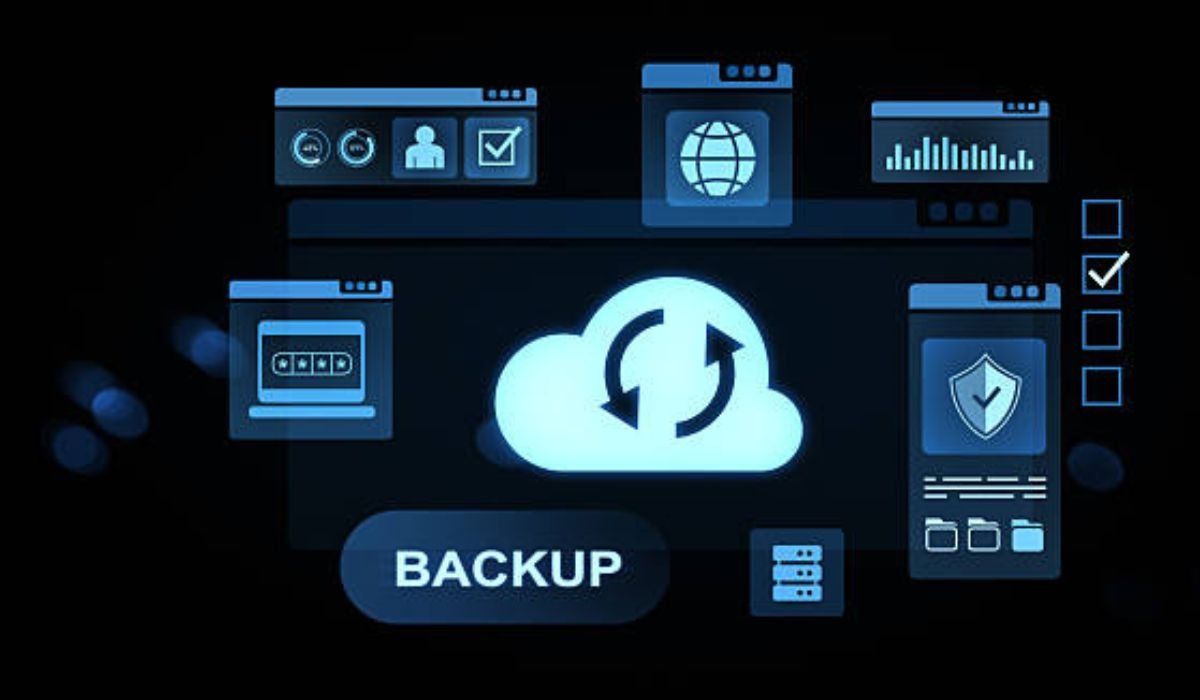Your app is great. But will users in Japan or Mexico feel the same? A global vibe is not just about translating words. It’s about making users everywhere feel like your app was built for them.
To do that, you need more than just language tools. You need human insight, cultural care, and smart design. That’s why many developers team up with a software translation company that understands how to keep the app’s soul while changing its clothes.
Let’s explore how localization helps your app stay global and local at the same time, without losing its vibe.
Fonts That Fit All Cultures
Fonts can make or break the user experience. A beautiful font in English may not work for Arabic or Chinese. Some scripts need more space. Others look better with more space between letters. A good localization plan always starts with picking fonts that support all needed languages. Your font should be, easy to read, stylish but simple and Aable to support special characters
If not, your app might show broken symbols or look crowded. That can hurt trust and drive users away.
Color Choices That Speak to Everyone
Colors carry meaning in every culture. For example:
- Red means good luck in China but danger in the U.S.
- White means purity in the West but mourning in parts of Asia.
So, when you localize your app, check your color palette. What looks cool in one country might feel wrong in another. Some localization teams test designs with users from each region. It provides them with feedback which they can use later. This feedback helps keep your app friendly everywhere.
Icons and Images that Don’t Confuse
Icons can say a lot without words, but only if people understand them. For example, a mailbox icon might be confusing where postboxes look different or a gift icon may not mean much in cultures where gift-giving works differently.
Your app localization company can suggest icons that work better. They can also swap photos that don’t fit the local lifestyle. Using local visuals makes people feel seen. It also helps them move through the app faster and with more comfort.
User Interface That Fits Local Reading Styles
Languages don’t all flow left to right. Arabic and Hebrew go right to left. Some languages use more characters, so buttons need to be wider. Your layout must adjust. It can’t just squeeze new words into the old space. That feels clumsy and lazy. Localization teams help you do this right. They should:
- Resize buttons and menus
- Mirror layouts if needed
- Keep spacing balanced
This keeps your app neat, smooth, and easy to use no matter the language.
Text That Feels Like a Real Conversation
People can spot robot-speak. If your app uses stiff or odd phrases, users may not trust it. Real localization doesn’t just change words, it rewrites them to feel natural. They don’t mean the same word-for-word, but the feeling is the same. That’s what matters.
A skilled app localization company hires native speakers who understand slang, tone, and rhythm. This makes users feel like your app was made just for them.
Features That Match Local Habits
Apps that work worldwide often need to change how features behave in different places. For example:
- In India, people prefer payment with QR codes.
- In Japan, users often expect silent mode by default.
- In Europe, 24-hour clocks are more common than AM/PM.
These habits shape how people use apps. Your app must follow these unwritten rules. Localization teams help adjust, time and date formats, currency displays, payment flows and measurement units. This removes friction and keeps users happy.
Notifications That Don’t Annoy
Push messages can be useful, or annoying. The same message might feel helpful in one place and rude in another. For example, in Brazil, people might enjoy emojis in alerts. While in Germany, users prefer short, to-the-point notes.
App Store Descriptions That Convert
The first thing a user sees is your app’s listing. If this isn’t localized well, they will never download your app. A good app listing includes a catchy title that makes sense locally, screenshots with local language and design and short, clean descriptions with benefits.
This is where your app localization company shines. They write these listings for each target market, based on what people there care about. This boosts trust and download rates.
Legal and Privacy Settings That Stay Safe
Laws change across countries. So do user rights. Your app must follow these rules. For example:
- GDPR in Europe requires clear consent
- In South Korea, certain data needs extra protection
Localization teams help you update privacy policy language, consent screens and settings options. This avoids legal trouble and shows users you care about their safety.
Customer Support That Understands the User
When users need help, they expect answers in their language. Not just translated, but kind, clear, and on point. Good support includes, FAQs in each language, chatbots trained on local terms and emails that don’t sound robotic. This shows respect. It also builds loyalty. People stay with apps that care about them, even when something goes wrong.
Game and Entertainment Apps: Matching the Mood
If your app is a game, music tool, or video platform, mood matters. Soundtracks, character names, and voice-overs must match the local vibe. A joke that works in English may fall flat in Russian. A scary game in the U.S. may need a softer feel in Korea. Localization means adjusting emotions, not just lines. It’s about making fun feel fun everywhere.
Final Words
Going global doesn’t mean losing your voice. It means reshaping your app so people everywhere can feel it’s theirs too. Localization lets you keep your app’s soul while changing the surface. It keeps your global vibe strong, and your local users happy. If you do it right, your app won’t just work around the world. It will belong.
You May Also Read: Fapelli: Empowering Free Speech and Content Creation in a Censored World











